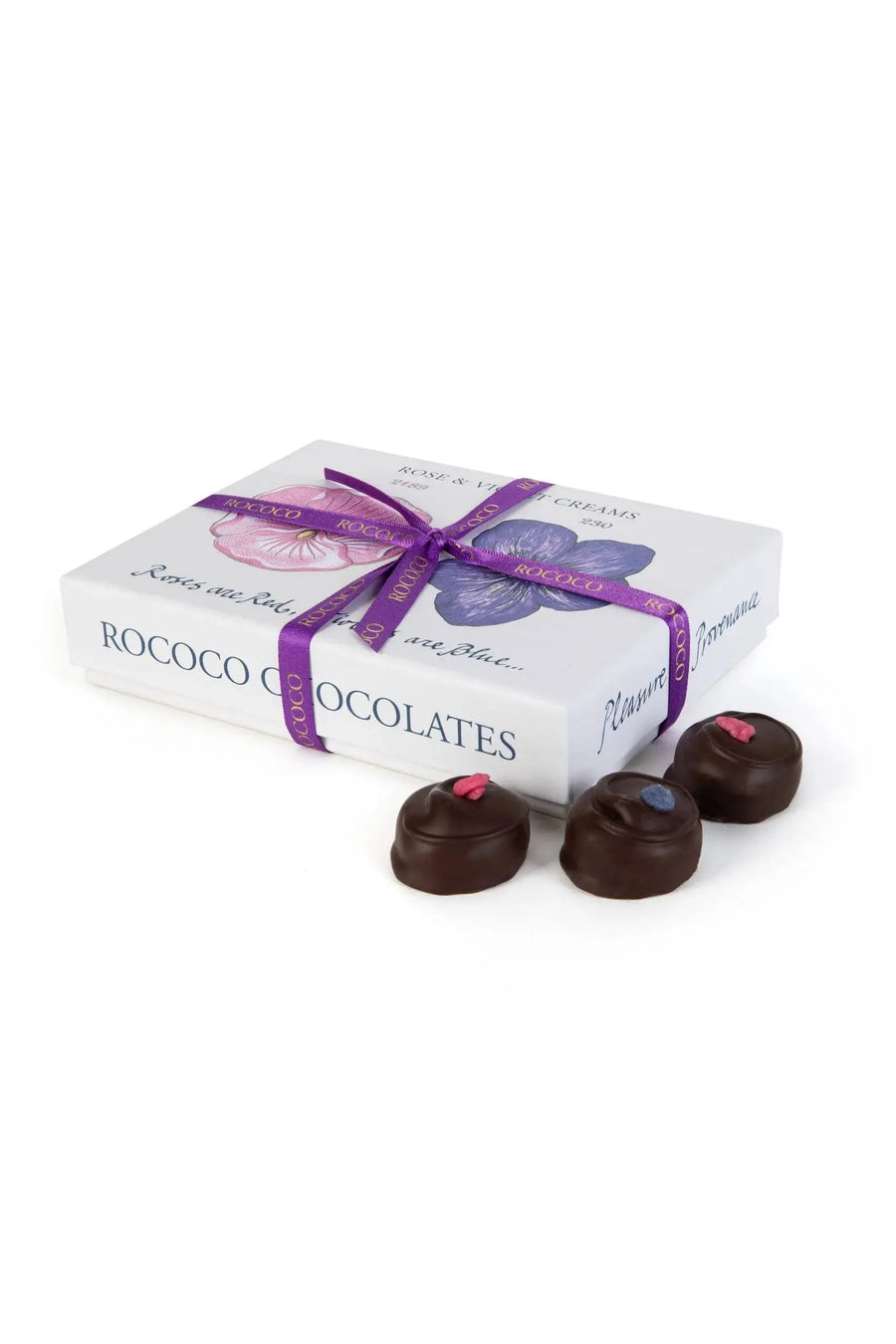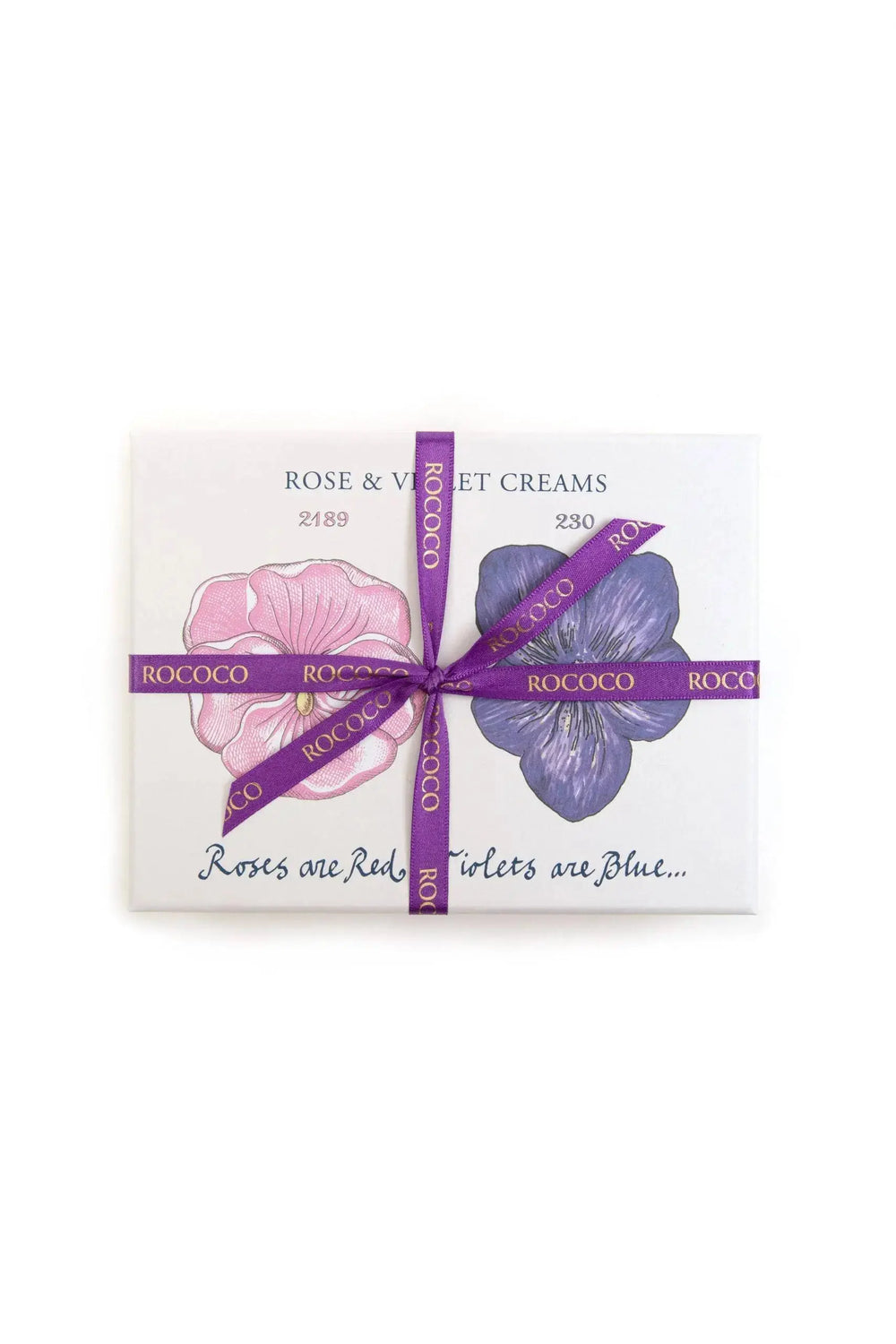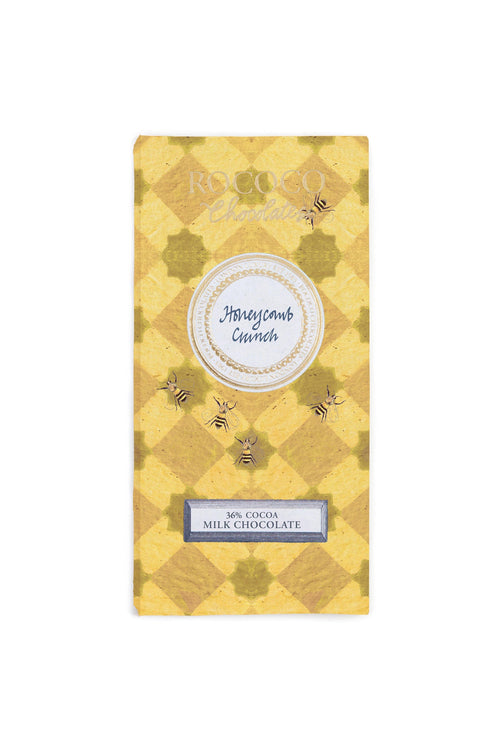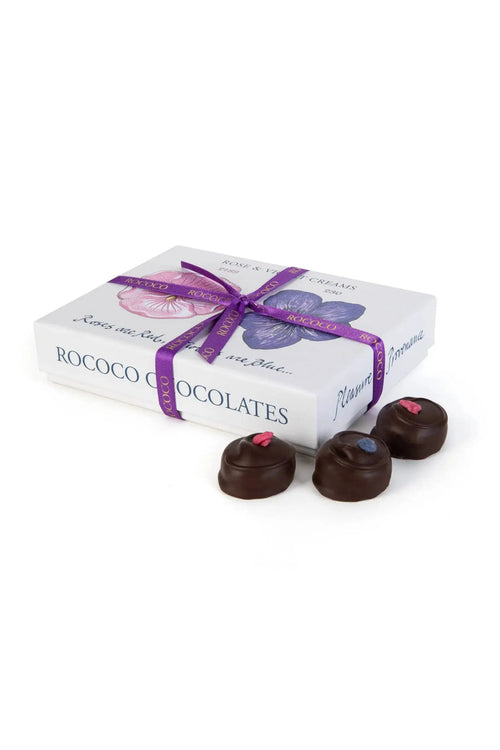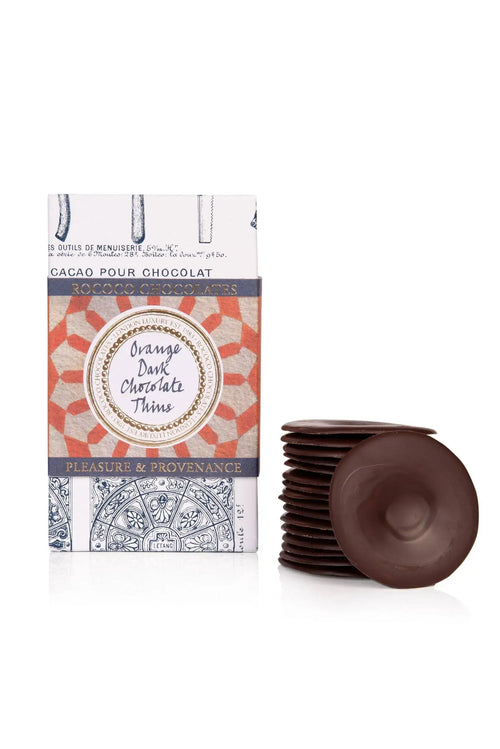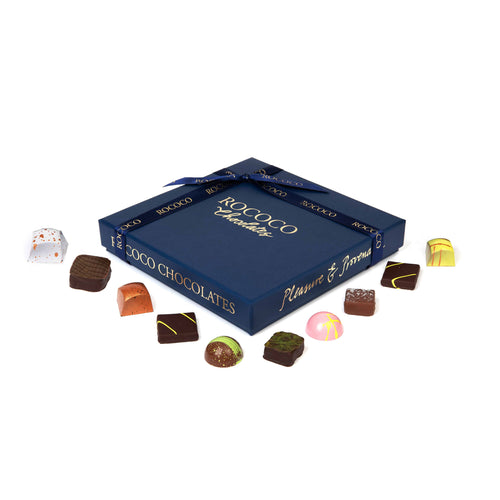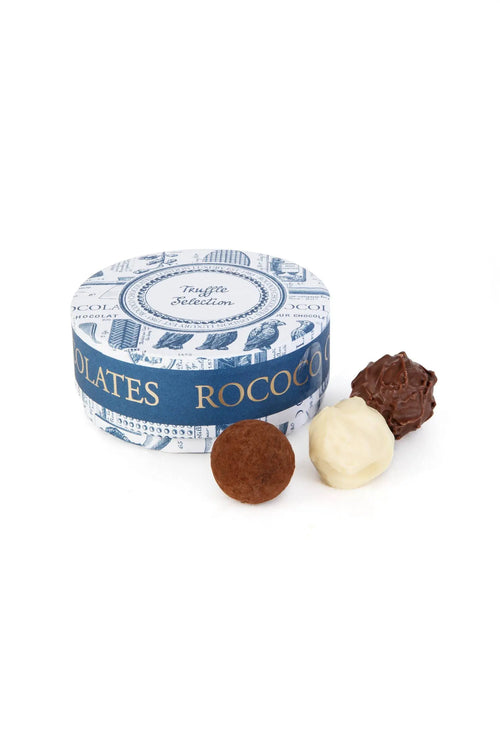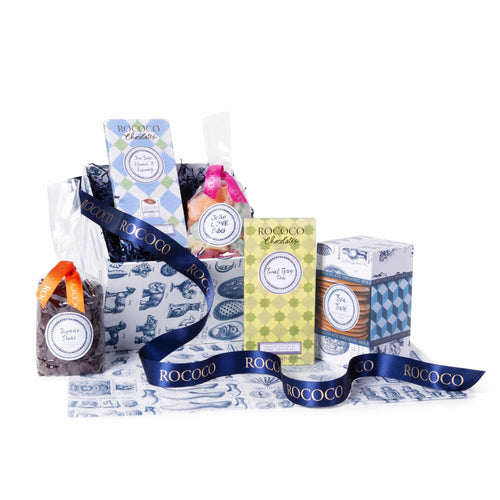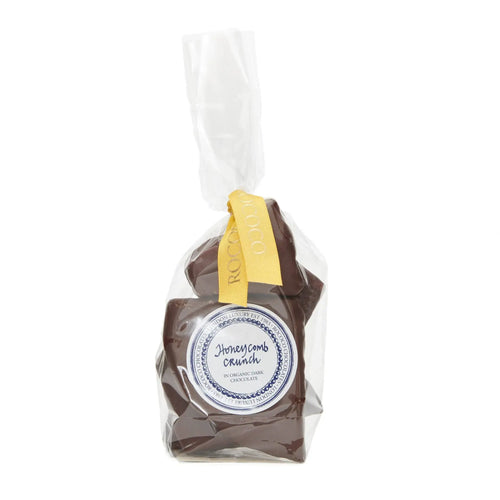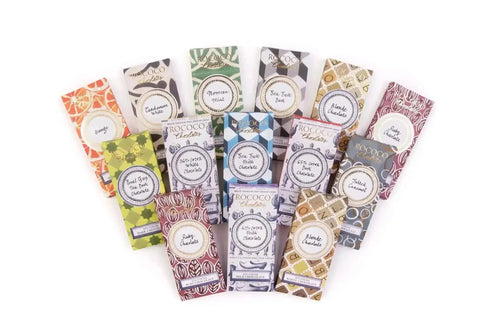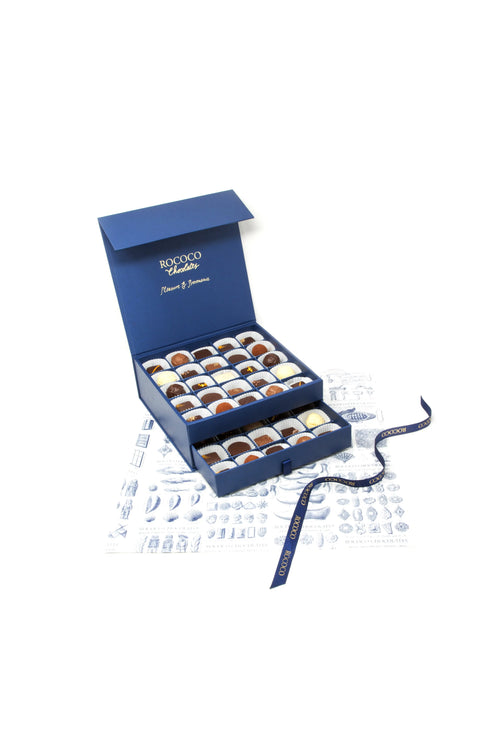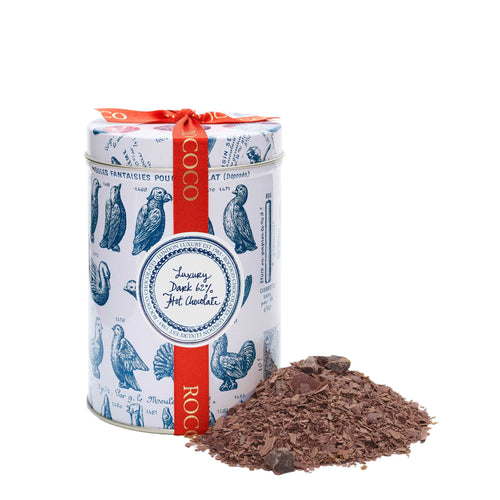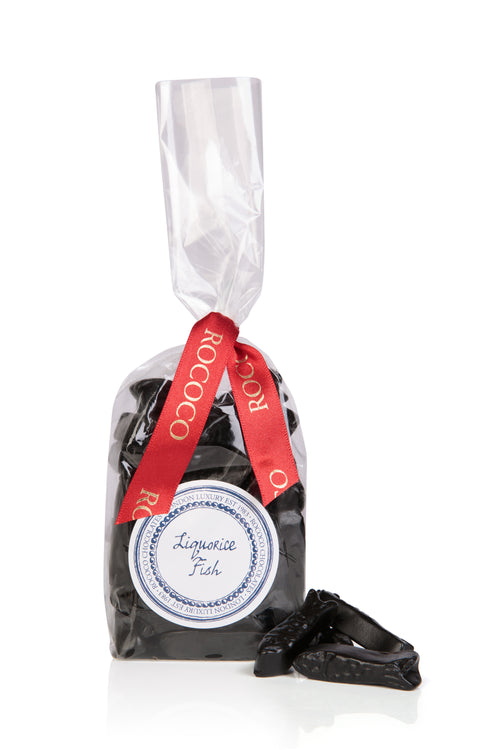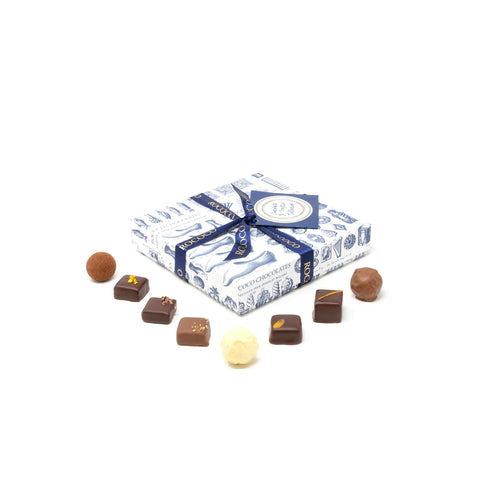How to Temper Chocolate at Home
In Mastering The Art of Chocolate, Rococo Chocolates founder Chantal says:
Tempering is the perfect alignment of the cocoa butter crystals in chocolate. Cocoa butter is intrinsically unstable and unpredictable: tempering stabilises the ‘good’ crystals.
Chocolate is properly tempered when it’s shiny and snaps cleanly when broken. It will also set quickly and contract slightly away from the surface of moulds, making it easier to work with. In poorly-tempered, chocolate the crystals haven’t formed an orderly structure. It may look dull or streaky and will have a more pliable texture that is difficult to work with and doesn’t melt as cleanly in the mouth. The chocolate bars or chunks that you buy to cook with should already be tempered, but once it’s melted you will need to re-temper the chocolate in order to mould shapes, make slabs or dip ganaches. Unfortunately just melting chocolate isn’t enough to make it behave, and tempering takes some practice.
If you want to temper a small amount of chocolate at home (up to 500g), we suggest trying the seeding method. To temper chocolate by seeding you melt chocolate then add solid tempered chocolate to ‘seed’ the right crystals and encourage them to form in your melted chocolate. It’s simple and clean, though you will still need a good thermometer, preferably digital, as successful tempering requires a high degree of accuracy.
How to seed chocolate
- Break your chocolate into pieces and put two thirds of it in a bowl that’s the right size to sit on top of a saucepan.
- Pour boiling water into the pan and put the bowl on top, making sure the water doesn’t touch the bowl and your bowl fits tight so that no steam escapes. If you’re tempering a very small quantity you could even do this in a small bowl over a mug of freshly-boiled water, or of course you can use a bain marie if you have one.
- Melt the chocolate until it’s fluid and smooth.
- Check the temperature chart and make sure your melted chocolate falls within the required temperature range and take it off the pan before adding the remaining third of solid tempered chocolate, which should be at room temperature.
- Stir vigorously with a rubber spatula. The movement will encourage the correct crystals to form while the solid chocolate cools the mixture.
- When the chocolate reaches tempering temperature on the chart (for this method, ignore the cooling temperature), all of the solid pieces of chocolate should be melted. If they have melted and the chocolate is too hot you need to add more chocolate. If you’ve put a single chunk in as the seed, just remove any remaining solid chocolate at this point.
- Check that your chocolate is tempered by dipping one side of a small piece of silicone or greaseproof paper, or even a spatula, into the chocolate. Leave it at room temperature for a few minutes with the chocolate side up. If it sets evenly with no streaking and breaks cleanly, it’s ready to use.
- You will need to keep your chocolate at tempering temperature while you use it. You may find that after a while you need to pop the bowl back over the saucepan briefly to keep it up to temperature, and stir it occasionally to keep the temperature even throughout the chocolate. You can also put a folded tea towel under the bowl on your work surface to prevent it cooling too quickly.


